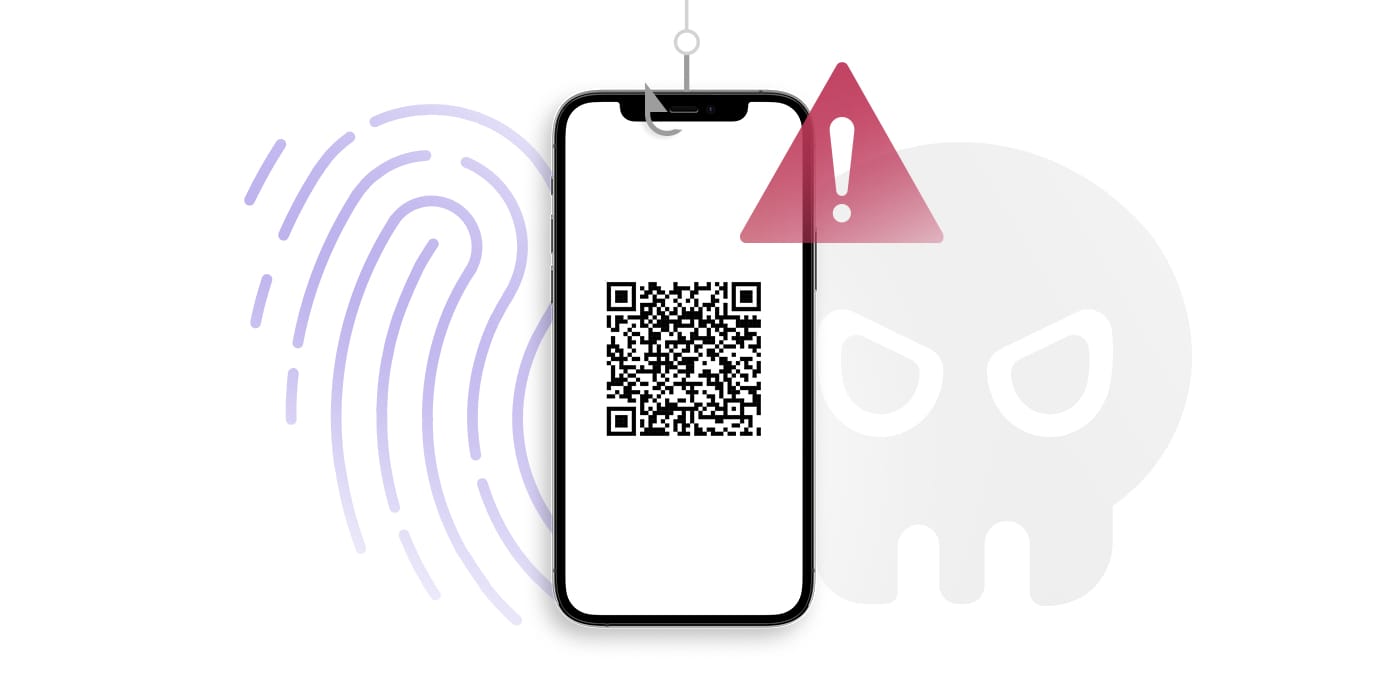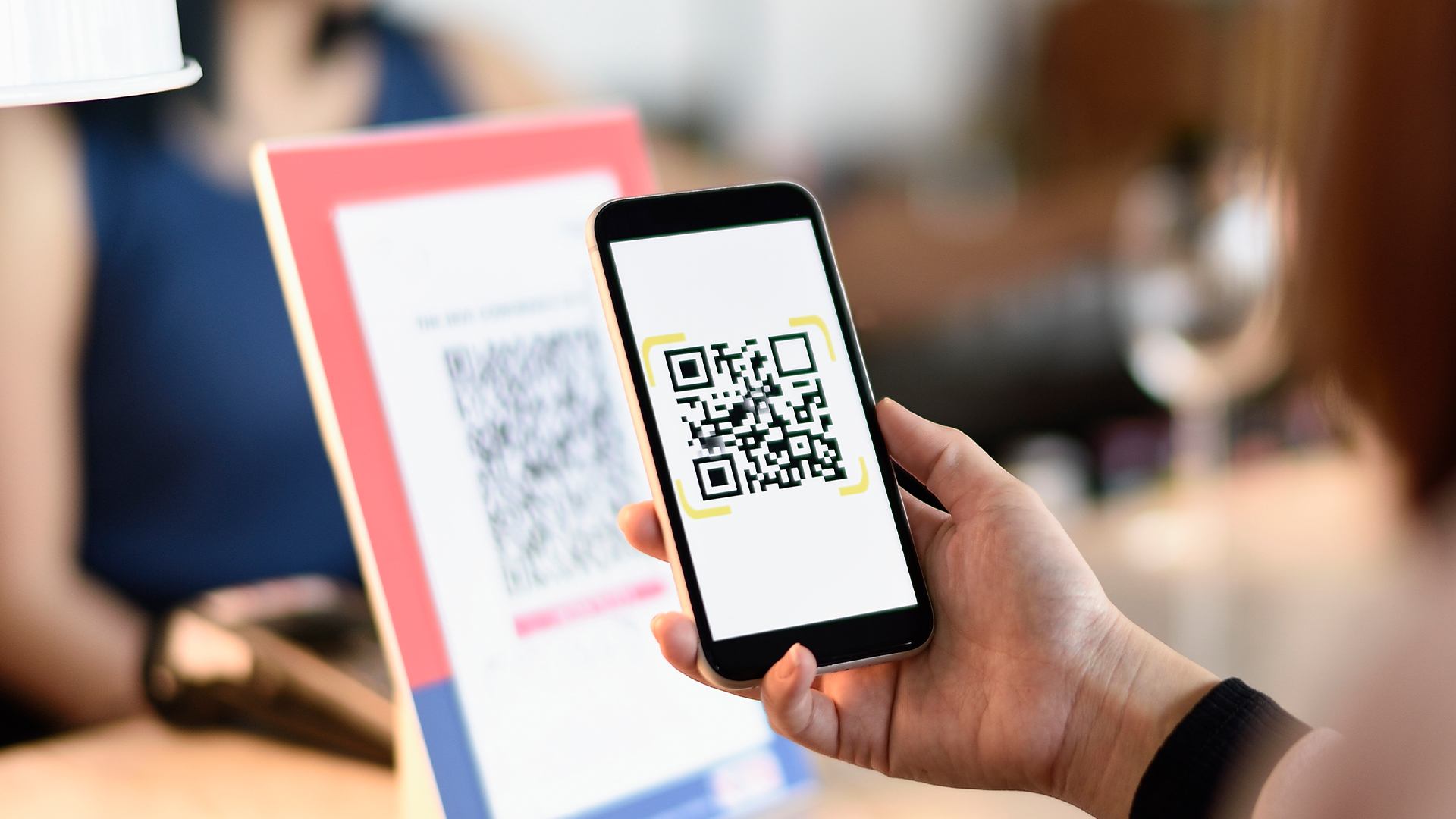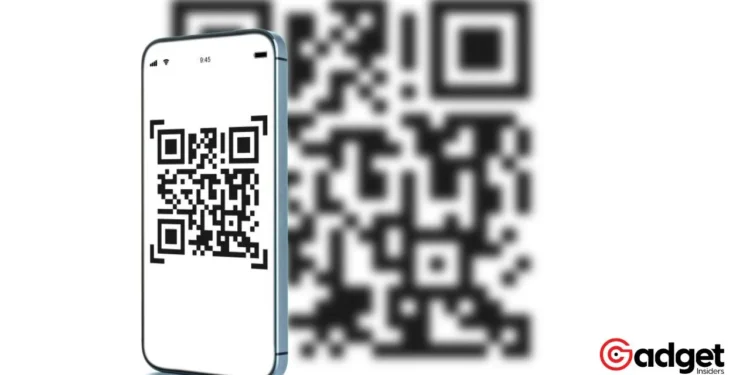In an age where our smartphones act as the gateways to our personal and financial worlds, a new form of scam has emerged, targeting millions of Apple iPhone users. Termed as “quishing,” this sophisticated cyber threat exploits QR codes to compromise user data and finances. With digital-savvy hackers on the rise, Apple iPhone enthusiasts must stay informed and vigilant.

The Evolution of Digital Scams: From Phishing to Quishing
The concept of “Quishing” isn’t just a buzzword; it represents the next step in the evolution of digital scams. As explained by Brian Rauer from the Better Business Bureau of Metro New York, the progression from phishing emails to smishing texts has now culminated in Quishing.
This method involves malicious QR codes that, when scanned, can lead to devastating consequences for unsuspecting users.
QR Codes: A Double-Edged Sword
Originally popularized during the COVID-19 pandemic for their contactless convenience in restaurants and hospitality settings, QR codes have become ubiquitous. However, their widespread acceptance has made them a perfect tool for cybercriminals.
These seemingly innocuous black-and-white symbols can harbor dangerous malware or redirect users to phishing sites designed to siphon off personal and financial information.
🚨 | Millions of iPhone users warned of new ‘quishing’ scam that could leave your wallet empty
Read more👇https://t.co/0yo3TsNJIQ
— UNILAD News (@UNILADNews) December 12, 2023
Apple iPhone: The High-Risk Zones
Quishing scams can lurk in various places, often where they’re least expected. Restaurants, for example, have been pinpointed as hotspots where scammers might replace legitimate QR codes with their malicious counterparts. What might appear as a simple scan to pay for a meal could instead be a direct link to a cyber thief’s wallet.
Emails, too, have become a vector for quishing attacks. Embedding QR codes in electronic correspondence offers scammers an easy method to distribute malware or harvest sensitive data from recipients.
Even the streets aren’t safe, with QR codes popping up in unexpected places, from wall graffiti to parking meters, each carrying the potential risk of financial theft or data breach.

How to Protect Yourself from Quishing
The key to defending against quishing lies in vigilance and skepticism. Rauer advises Apple iPhone users to exercise caution, especially when encountering QR codes in public spaces or suspicious emails. Before scanning, verify the authenticity of the code with the supposed issuer, such as a restaurant or service provider.
Additionally, be wary of any QR codes that come with a sense of urgency, a common tactic used by scammers to spur immediate action.
As quishing scams become more prevalent, Apple iPhone users must stay informed and cautious. By understanding the risks associated with QR codes and adopting a critical approach to scanning them, individuals can protect their digital and financial well-being in this ever-evolving landscape of cyber threats.










